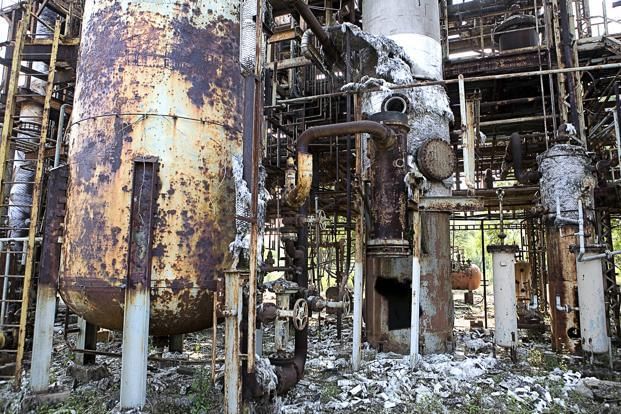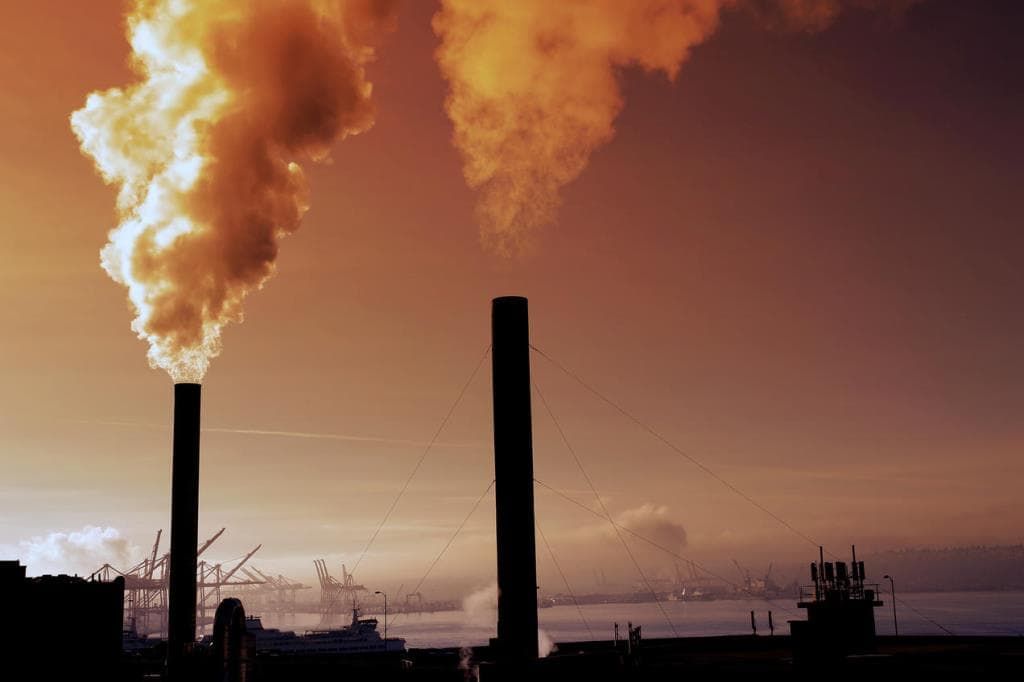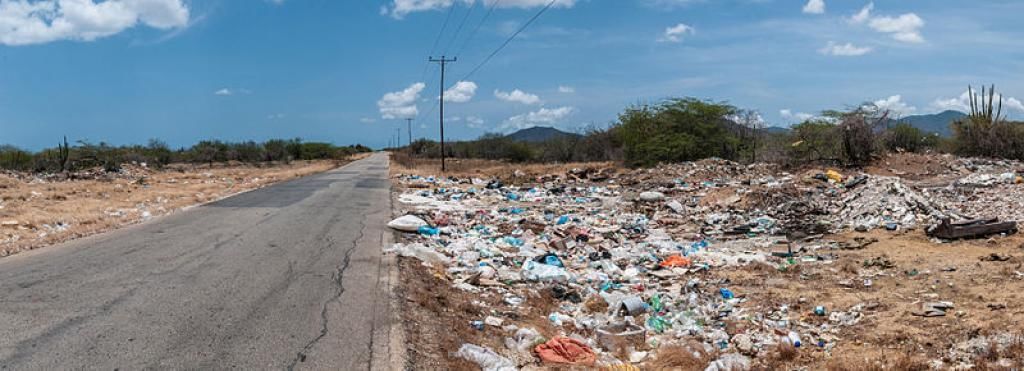NCERT Solutions for Class 8 Civics Chapter 10 - Law and Social Justice
Q1. Talk to two workers (For example, construction workers, farm workers, factory workers, workers at any shop) to find out if they are receiving the minimum wages laid down by law.
Ans: Minimum wages are the lowest remuneration that employers can legally pay their employees. The government enforces this law so that employers may not exploit their workers by paying them low wages.
These workers are not receiving the minimum wages.
(i) Construction workers: They do not receive the minimum wages.
(ii) Farm workers: They do not receive the minimum wag
(iii) Factory workers: They receive minimum wages
(iv) Workers at the shop: They get minimum wages.
Q2. What are the advantages to foreign companies in setting up production in India?
Ans: Advantages to foreign companies in setting up production in India are:
- Vast Market: Access to a large and growing consumer base of over 1.3 billion people.
- Cost-Effective Labor: Availability of skilled and semi-skilled labor at lower wage rates.
- Strategic Location: Proximity to key global markets in Asia, the Middle East, and Africa.
- Government Incentives: Offers tax breaks, subsidies, and incentives to promote foreign investment.
- Infrastructure Development: Investments in transportation, logistics, and industrial parks to support manufacturing.
- Technological Innovation: Access to emerging technologies and a growing ecosystem of startups.
- Liberalized Policies: Economic reforms making it easier for foreign companies to set up operations.
- Access to Raw Materials: Availability of natural resources like minerals, metals, and agricultural products.
 Bhopal Gas Tragedy
Bhopal Gas Tragedy
Q3. Do you think the victims of the Bhopal gas tragedy got justice? Discuss.
Ans: No, the Bhopal gas tragedy victims are still seeking justice.
Despite the wide-open, so many evidence of the disaster, the firm that controlled the pesticide factory, Union Carbide (UC), first refused to acknowledge responsibility. After giving the bare minimum in compensation to the survivors of this catastrophe, UC got away with it. Survivors are still battling for justice, safe drinking water, health-care facilities, and jobs for people poisoned by UC after 24 years. Their cases are still pending in a number of courts around the country.
Q4. What do we mean when we speak of law enforcement? Who is responsible for enforcement? Why is enforcement so important?
Ans: Law enforcement means ensuring that people obey the laws set by the government. It involves agencies like the police, courts, and prisons. These agencies catch criminals, judge them in court, and, if found guilty, punish them. Enforcement is essential for several reasons:
- Maintaining Order: Law enforcement agencies play a vital role in maintaining public order and safety within society by deterring criminal behavior and responding to incidents promptly.
- Upholding Justice: Enforcement ensures that individuals who violate laws are held accountable for their actions and subjected to appropriate legal consequences, thereby upholding the principles of justice and fairness.
- Protection of Rights: Effective enforcement helps protect the rights and freedoms of individuals by deterring unlawful behavior and providing recourse for victims of crimes.
- Deterrence: Visible and effective enforcement acts as a deterrent to potential lawbreakers, reducing the likelihood of criminal activity and promoting compliance with laws and regulations.
- Promoting Rule of Law: Enforcement of laws is fundamental to the functioning of a democratic society governed by the rule of law. It helps ensure that laws are applied uniformly and fairly to all members of society, regardless of their status.
Q5. How can laws ensure that markets work in a manner that is fair? Give two examples to support your answer.
Ans: Laws helps in ensuring that markets operate fairly by establishing rules and regulations that promote competition, protect consumers, and prevent unfair practices. The two examples of how laws can ensure fair market functioning:
- "No child under the age of fourteen years shall be employed to work in any factory or mine or employed in any hazardous employment," according to Article 24 of the Indian constitution.
- Article 23(1): Human trafficking, begging, and other types of forced labour are forbidden, and any violation of this article is a criminal offence penalised according to the law.
Q6. Imagine yourself to be a worker working in a chemical factory, which has received orders from the government to move to a different site 100 kms away from the present location. Write about how your life would change? Read out your responses in the classroom.
Ans: My life would drastically change with the change of factory site.
- Problem in searching a house and it may/may not suit to the income.
- Problem may arise for the children’s education. If good school is not located in that area they have to be sent to the far off places.
- It may be away from the cities, lack the facilities which will be in a developed area.
- Family expenditures may hike which will affect the budget of the family.
Q7. Write a paragraph on the various roles of the government that you have read about in this unit.
Ans: In any state, the government serves a variety of functions:
- The government provides public services such as water supply, healthcare, education, and sanitation, and ensures that private businesses do not take over these functions.
- One of the government's main responsibilities is to regulate the actions of private enterprises by enacting, implementing, and upholding laws in order to prohibit unfair practises and ensure social fairness. This entails that the government is responsible for enacting and enforcing "suitable legislation." The government enacts rules to safeguard workers in manufacturing plants, such as minimum wage laws, labour laws, and workplace safety laws. It also enacts market-related legislation to safeguard consumers from overpricing and inferior products. A law prohibiting child labour has also been enacted by the government.
- The government penalises businesses that fail to adhere to policies designed to safeguard the environment from pollution.
Q8. What are the sources of environmental pollution in your area? Discuss with respect to
(a) air;
(b) water and
(c) soil.
What are the steps being taken to reduce the pollution? Can you suggest some other measures
Ans: There are many sources of environmental pollution in our area.
- Air Pollution: By vehicles, industrial gases disposed through chimneys, smokes from red brick Bhattis.
 Air Pollution
Air Pollution
- Water Pollution: Various chemical discharges and other liquid effluents from some industries like tanneries, aluminium etc. Because of dry latrines and inefficient discharge of house wastes and sewerage into the river.
- Soil Pollution: Due to the throwing of plastic bags here and there, lack of proper arrangement of disposing household wastes, industrial effluents and ashes etc.
In the recent years there has been a consistent increase in awareness of the need for a clean environment. The courts in our country have come out with a number of strong orders on the environmental issues and accordingly steps are also being taken to reduce pollution. But still many more things have to be done in this direction:
- Appropriate measures need to be taken by countries and local authorities of the world to stop the misuse or overuse of resources.
 Soil Pollution
Soil Pollution
- Environmental degradation can be checked by conserving land, air and water resources. For this we have to control the pollutants at the source.
- By proper enforcement of laws and norms related to environmental issues such as - use of plastic bags, disposal of all type of wastes, harmful emissions from different industries, etc.
Q9. How was environment treated earlier? What has been the change in perception? Discuss.
Ans: Previously, the environment was treated as a "free" entity, with any enterprise or individual having complete freedom to damage the air and water. The environment was being poisoned, whether it was our rivers, air, or groundwater, because there were no laws in place. The topic of environmental contamination has risen to prominence in recent years, particularly in the aftermath of the Bhopal gas tragedy. People's perceptions have fully changed now, and they see that the environment will be shared in the future. Everyone is becoming more aware that a clean environment is a public resource that cannot be sacrificed for the sake of industrial progress. The courts have also upheld the right to a healthy environment as an integral part of the Fundamental Right to Life.
Q10: What do you think the famous cartoonist R.K. Laxman is trying to convey in this cartoon? How does it relate to the 2016 law that you read about on page 103?
Ans: R.K. Laxman’s cartoon conveys two important issues: the heavy burden of schoolbags on children today, and the issue of child labor. The cartoon shows some children waiting for their school bus accompanied by their mothers, with one child carrying a heavy schoolbag. One woman says that she hired that child to carry her son’s schoolbag.
The cartoon relates to the 2006 Child Labour Prevention Act, which banned children under 14 from working as domestic servants or in restaurants, tea shops, and dhabas. The act also made it a punishable offense to employ children under 14. The cartoon also suggests that the government has not taken enough action to enforce the Child Labour Prevention Act of 2006, around 74% of child domestic labor today is done by children under 16.
|
63 videos|424 docs|46 tests
|
FAQs on NCERT Solutions for Class 8 Civics Chapter 10 - Law and Social Justice
| 1. What are some examples of laws related to social justice? |  |
| 2. How does the legal system promote social justice? |  |
| 3. What is the role of the judiciary in upholding social justice? |  |
| 4. How can individuals advocate for social justice within the legal system? |  |
| 5. Why is it important for a society to have laws that promote social justice? |  |

|
Explore Courses for Class 8 exam
|

|













